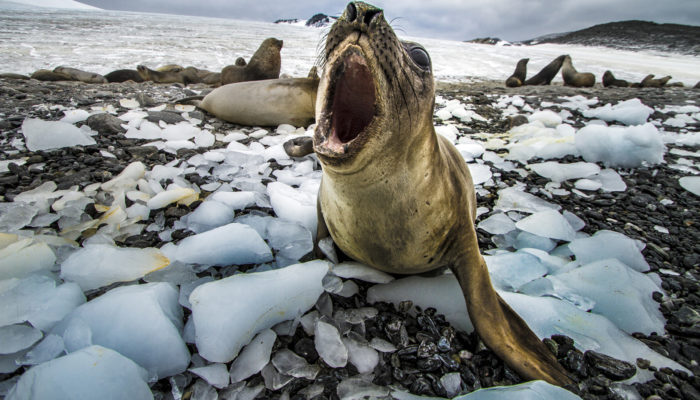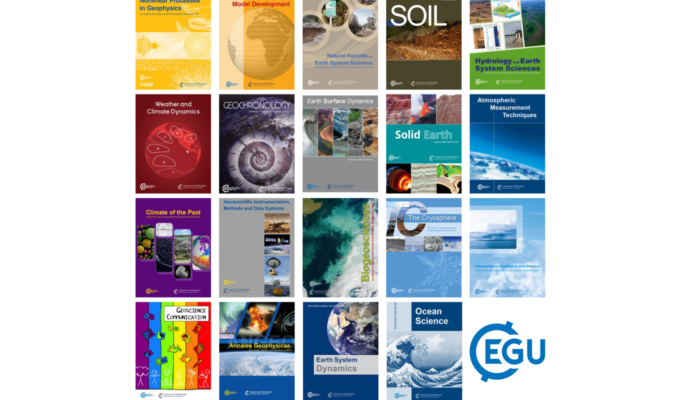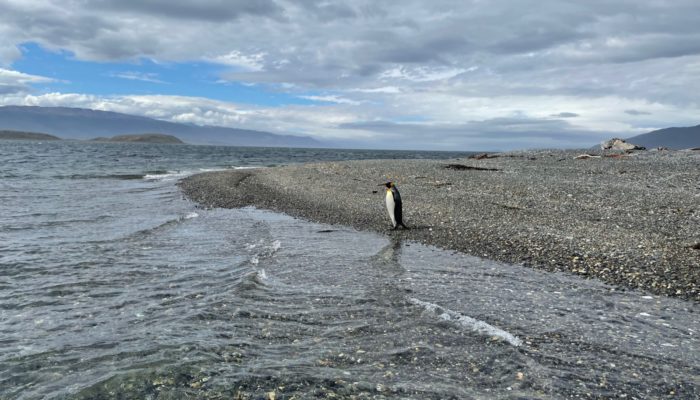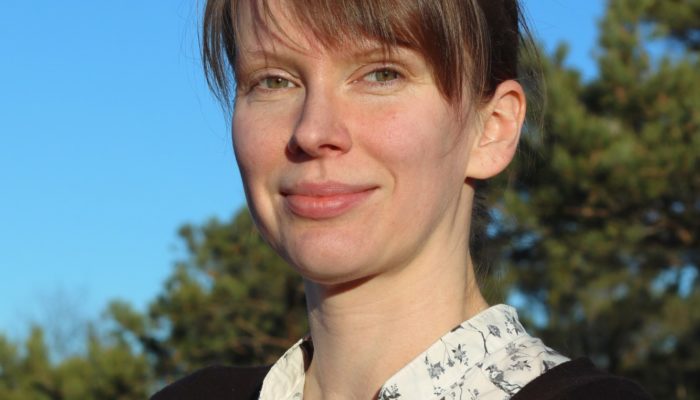“Every ship that navigates the high seas, with these charts and blank abstract logs on board, may henceforth be regarded as a floating observatory, a temple of science.” Matthew Fontaine Maury This is a joint post, published together with the climate sciences division blog and the ocean sciences division blog. The ocean has always been important for humanity, with trade and war being just two exam ...[Read More]
GeoLog
What is the EGU (extraordinary virtual) Plenary, and why should I attend?
The European Geosciences Union (EGU) annual Plenary is the Union’s business meeting where updates are provided and new officers are inaugurated. Prior to 2020, this meeting took place during the General Assembly (GA) week every year. With the onset of COVID-19 and the change in conference format, the last few years have seen the plenary move online. At this year’s General Assembly (EGU22), t ...[Read More]
GeoLog
Imaggeo On Monday: The desert of the cauliflowers
Bouâmama Cauliflowers (Fredolia aretioides) in the stony plateaus of the Eastern High Atlas near Ayt Wazag (Morocco). The compact, cushion-like habit, the tiny coriaceous leaves and the deep-reaching roots of this shrub allow it to thrive under arid climatic conditions. Photo by Luca Barale, as described on imaggeo.egu.eu. Imaggeo is the EGU’s online open access geosciences image repository ...[Read More]
GeoLog
The ancient art and science of mining: a look back at the 1500s
Sean Daly is a (now retired) Canadian mining geologist with 40+ years of experience, who has dedicated his career to understanding the close relationship between mining, geology and society. His recent book “From the Erzgebirge to Potosi: A History of Geology and Mining Since the 1500’s” traces the history of mining and geology from the 1500’s including the Renaissance, the Industrial ...[Read More]
GeoLog
GeoRoundup: the highlights of EGU Journals published during June!
Each month we feature specific Divisions of EGU and during the monthly GeoRoundup we will be putting the journals that publish science from those Divisions at the top of the Highlights roundup. For June, the Divisions we are featuring are: Ocean Sciences (OS) and Biogeosciences (BG). They are served by the journals: Biogeosciences (BG), Geoscientific Model Development (GMD) and Ocean Science (OS). ...[Read More]
GeoLog
Open Science in the real world today: takeaways from the EGU22 Great Debate
On Wednesday 25 May, as part of the 2022 General Assembly of the European Geoscience Union, we held a “Great Debate on Open Science” that was attended by over 100 EGU participants both on-site in Vienna and online. The debate was organised by Francesca Pianosi and Jamie Farquharson with support from Remko Nijzink, Riccardo Rigon and Stan Schymanski, who also co-chaired a technical session on Open ...[Read More]
GeoLog
Imaggeo On Monday: King penguin (Beagle Channel)
King penguin in the Beagle Channel, Tierra del Fuego. Photo by Tatjana Milojevic, shared on imaggeo.egu.eu. Imaggeo is the EGU’s online open access geosciences image repository. All geoscientists (and others) can submit their photographs and videos to this repository and, since it is open access, these images can be used for free by scientists for their presentations or publications, by edu ...[Read More]
GeoLog
GeoTalk: meet Céline Heuzé, award-winning Early Career Ocean Scientist!
Hi Céline. Thank you for joining us today. Congratulations on winning the 2022 Ocean Sciences Division Outstanding Early Career Scientist Award! Could you tell our readers a bit about yourself and your research? As of just a few months ago, I am tenured! My exact job title is “Senior Lecturer in climatology” at the University of Gothenburg, in southwest Sweden. Originally I am from France, and I a ...[Read More]
GeoLog
EGU22: A scientific conference through the eyes of artist Jakub Stepanovic
I am not a scientist by profession, but some years ago, I started seeing the far-reaching impact of geosciences as I navigated some of the Earth’s fascinating locations. From wild, remote areas to urban jungles, I learned to appreciate the sciences that make sense of places, and this concept started to inspire my artistic practice. While I enjoyed my time doing illustrations to depict a few ...[Read More]
GeoLog
The human side to research brought to life by scientific artist Kelly Stanford
Scientific artist Kelly Stanford has sure come a long way since we last spoke to her in 2019. The Manchester, UK-based science communicator is a Physical Geography PhD candidate from the University of Hull’s Energy and Environment Institute and winner of EGU’s Artist (not) in Residence in 2021. This year, at the Union’s General Assembly EGU22, Kelly continued her series of “Sci-portraits” (portrai ...[Read More]










